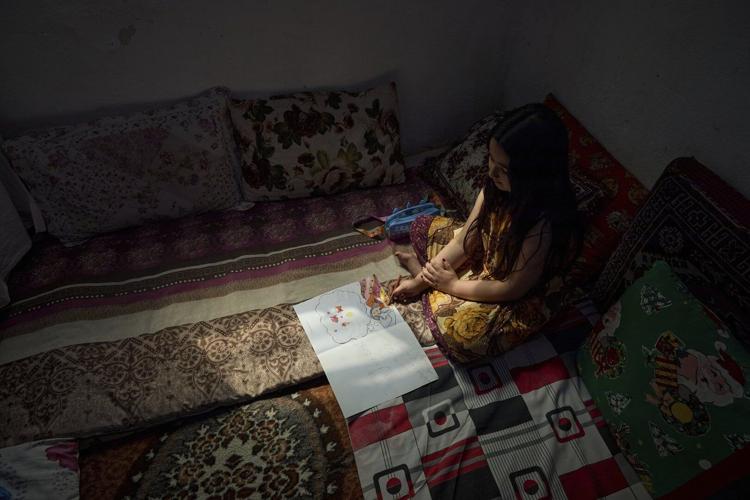CAIRO (AP) ÔÇö For 12 days, Tehran fell dark and silent, except for the sound of explosions. In their houses and apartments, Iranians tried to pass the hours ÔÇö sleepless, eyes on the TV for news of the war.
A series of images document the moments in which residents of IranÔÇÖs capital struggled to hold onto something familiar amid the uncertainty. They were taken by a freelance photographer and obtained by The Associated Press outside of Iran. The AP is publishing them on condition of anonymity over fears for the photographerÔÇÖs safety.
The photos, made under amid evacuation alerts and falling missiles, show the tension between normalcy and chaos.
Israel said its campaign aimed to cripple IranÔÇÖs , which its officials maintain are for peaceful means. Israel’s strikes also pounded buildings around Tehran, while Iran fired back with barrages into Israel. A ceasefire began June 24.
For 12 days, Tehran was transformed. The city normally bustles at all hours, its highways packed with cars and apartment towers lit up. During the war, most of the population fled. At night, blackness descended on the city.
Those who remained largely stayed indoors. Outside their windows came the rhythm of explosions ÔÇö sometimes distant, sometimes close enough to shake them ÔÇö and the crackle of air defenses.
One night, a group of friends gathered for dinner at a Tehran home. The table was full, the atmosphere warm. Guests joked with one another. But even as they dished up food and sat down in the living room to eat, everyone was glued to the television for any news.
The next night, one of the largest and most powerful explosions in Tehran struck a short distance from where they had gathered.
For Sara, a 9-year-old Afghan girl, reading and drawing in her sketchbook helped her endure the days at home. She sat on the living room floor with her markers, turning to see the TV.
Her family fled to Iran to escape the Taliban takeover in Afghanistan four years ago; now during IsraelÔÇÖs campaign, they were living through a new war. The family stayed inside not just for fear of strikes. They also worried they might be detained and deported amid wartime suspicion of Afghan refugees among some.
ÔÇťAfghanistan is my homeland, and so is Iran. I have two countries that feel like one,ÔÇŁ Sara said. On one page of her sketchbook, she wrote, ÔÇťMursal, I love you, my dearÔÇŁ ÔÇö a message for her best friend, whose family fled back to Afghanistan during the bombardment.
Sara and others are only being identified by their first names out of concern for their security.
During the day, some might step outside between blasts, capturing smoke rising in the distance with their phones. After one strike hit a building, a puddle of blood remained on the street.
Evacuation alerts often came late at night. Some people spent nights in subway stations for safety. They lay down sheets and blankets on the tile floor or sat on the steps, scrolling through their phones as fighter jets and explosions could be heard on the streets above.
Maryam and daughter Mastaneh live in a middle-class Tehran neighborhood. During the war, their usually active home fell quiet; both became anxious and withdrawn.
Before the war, Maryam would wake at 6 a.m., go to the gym, then head to work at a hotel. But once the bombardment began, the hotel closed. MaryamÔÇÖs workout routine fell apart. She couldnÔÇÖt sleep at night and wound up waking late in the day. Depressed and exhausted, she couldnÔÇÖt bring herself to do housework.
Meanwhile Mastaneh, a university student studying French, struggled with the that made it nearly impossible to take her online final exams.
One explosion from a strike blasted only a few blocks away.
The warÔÇÖs final day was the most terrifying, Maryam said, as the sound of explosions never stopped.



































